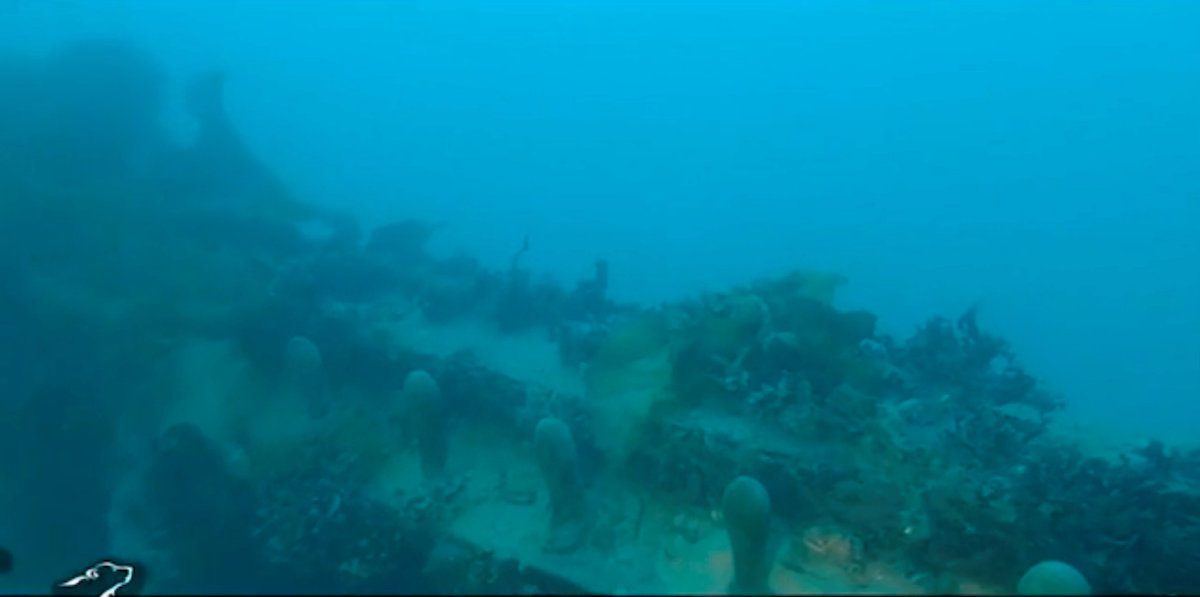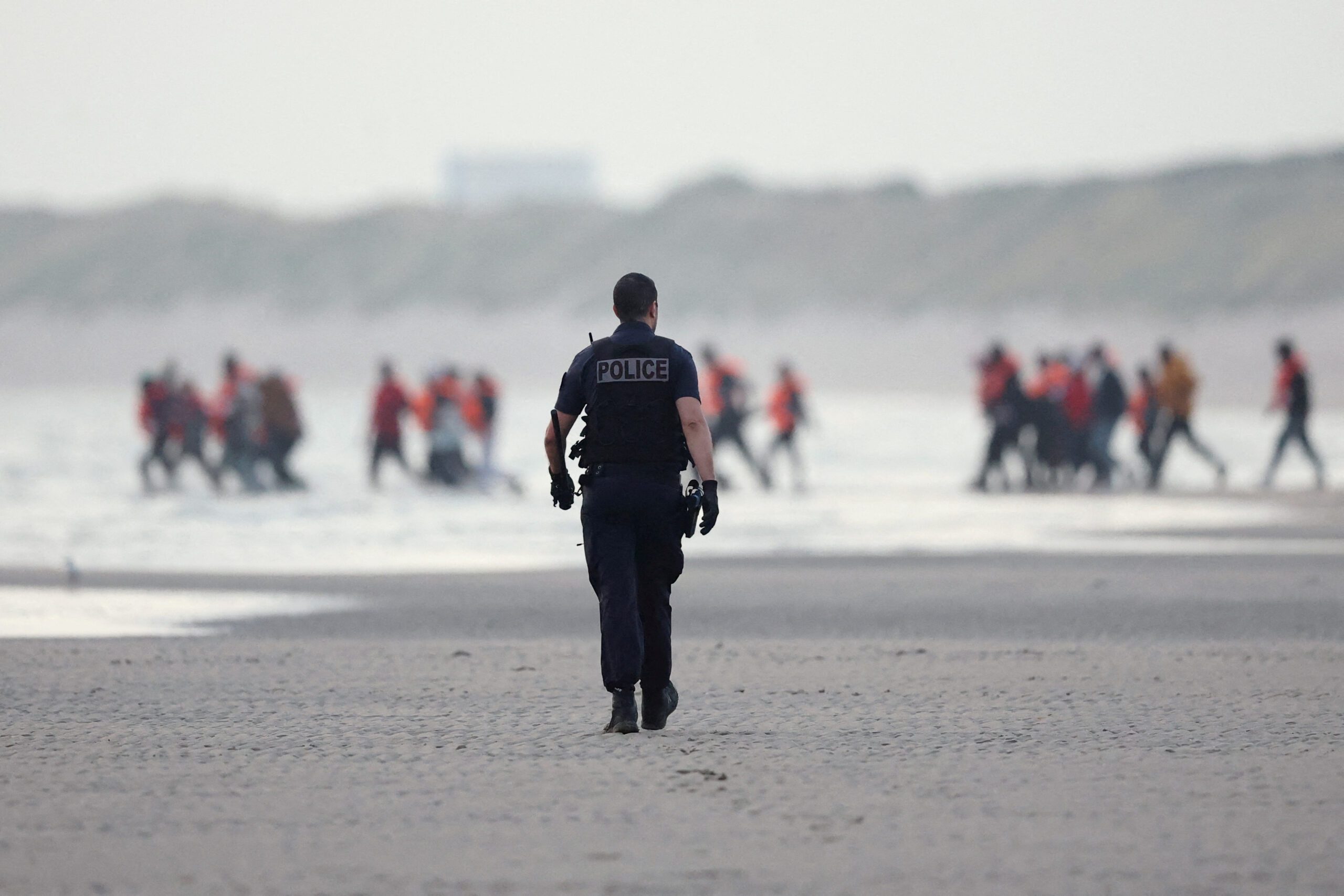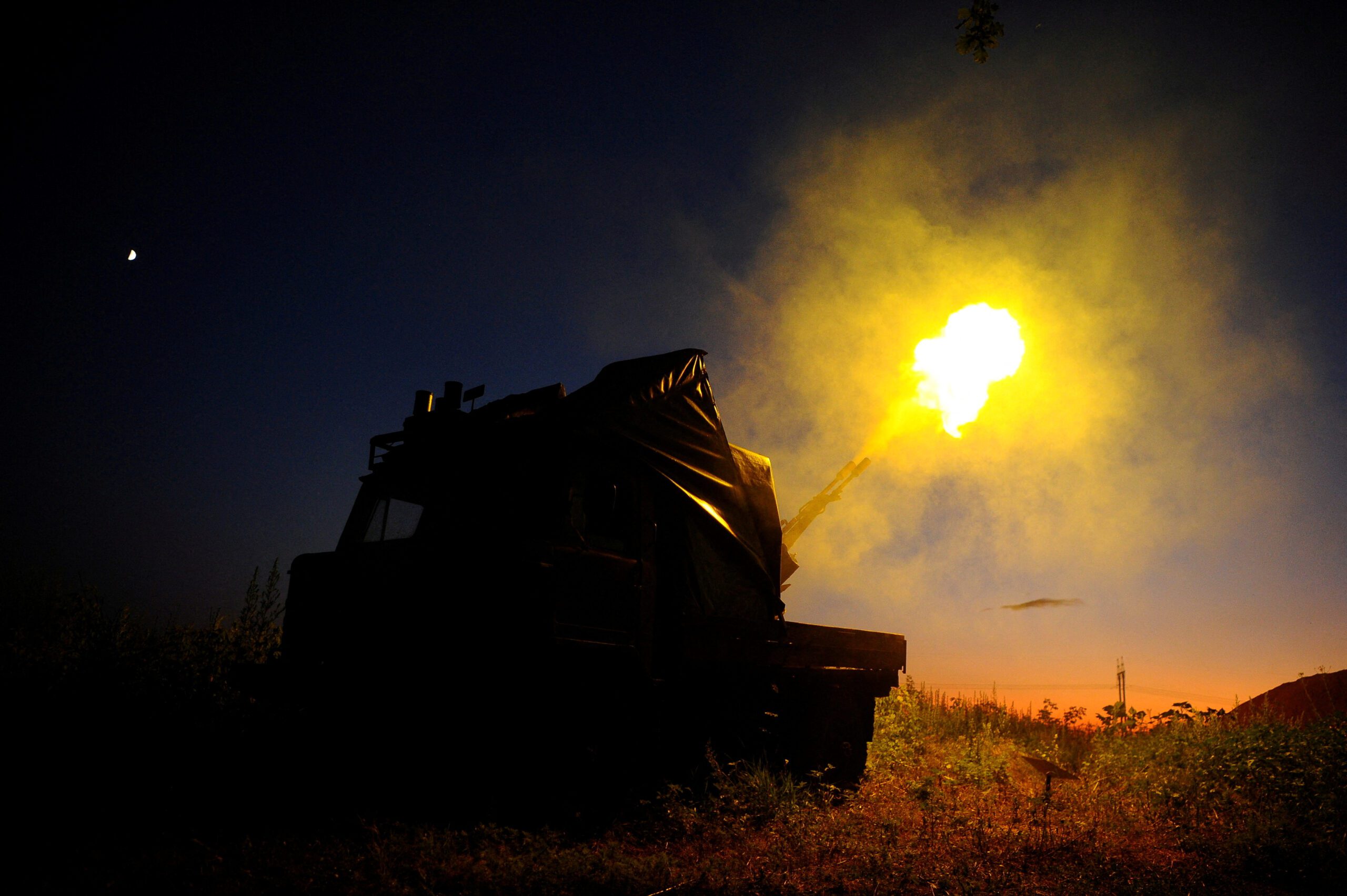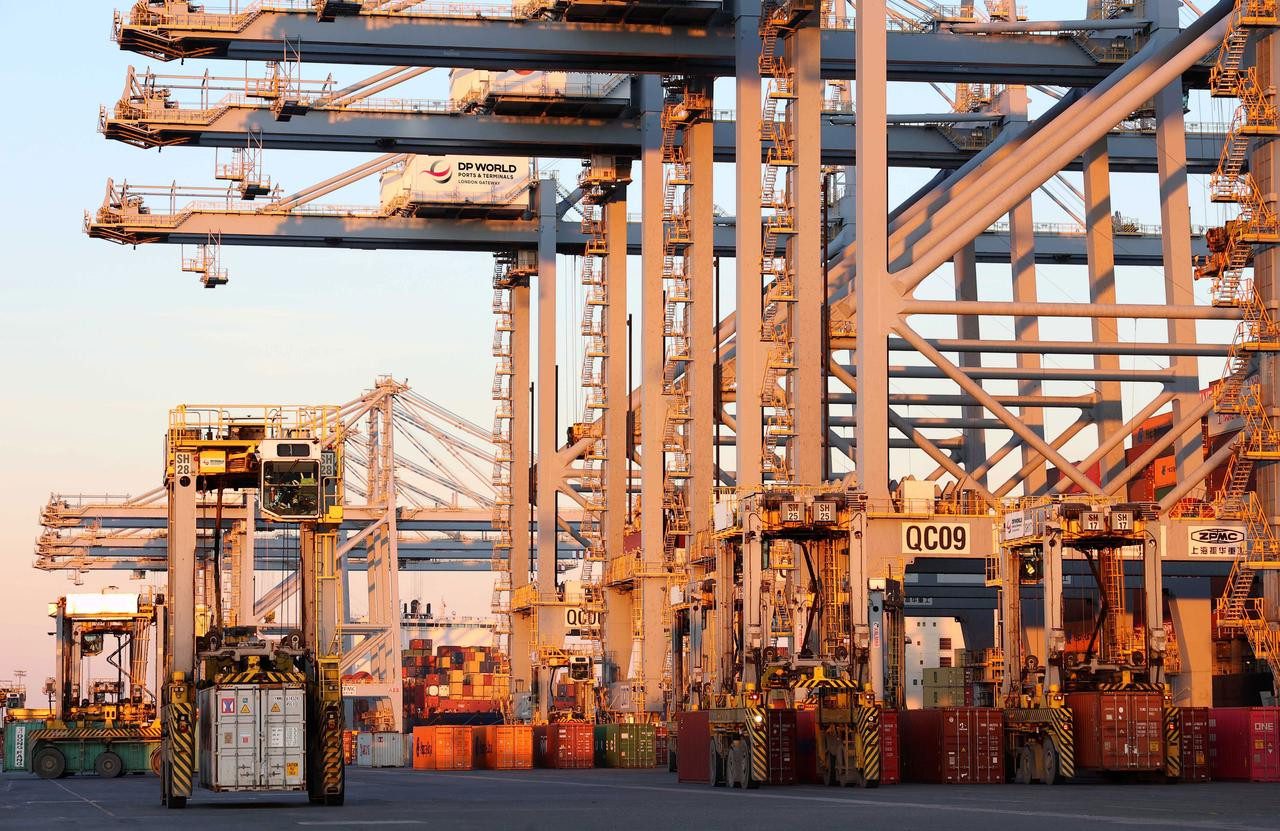A still image captured from a video footage from the research vessel Martin Bergmann of the Arctic Research Foundation shows what they say is the wreckage of the of HMS Terror in the bottom of Terror Bay in Canada on September 3, 2016. Courtesy Arctic Research Foundation/Handout
The Canadian Government has confirmed that it has in fact found the wreck of the HMS Terror, the second ship of the ill-fated 1845 Franklin Expedition to find the Northwest Passage.
Parks Canada confirmed Monday the wreck located in Nunavut’s Terror Bay just off King William Island is that of HMS Terror. The confirmation was made by Parks Canada’s Underwater Archeology Team based on a side-scan sonar survey and three dives to the wreck, which included additional surveys of the wreck using multi-beam echosounder.
Earlier this month, Britain’s Guardian newspaper reported that a team from the Arctic Research Foundation, a private and non-profit group participating in the hunt for the famous shipwreck, had discovered the HMS Terror in pristine condition at the bottom of a bay. The Canadian Government was yet to confirm the report however.
Franklin’s first ship, the HMS Erebus, was discovered in 2014 approximately 100 km south of Terror Bay.
Sir John Franklin along with his 128 crew aboard the HMS Terror and HMS Erebus all died after the vessels became stuck in ice during a search for the Arctic passage between the Atlantic and Pacific oceans.
The findings help shed light on one Canada’s greatest mysteries.
Parks Canada gave the following details of the wreck of the Terror on Monday:
The dives took place during difficult weather conditions and through poor visibility. The wreck’s upper deck is heavily covered by silt and marine life. Nevertheless, the divers were able to observe a number of features that were typical or unique to 19th century British polar exploration ships and the wreck has a number of design specifications that were common to both HMS Erebus and HMS Terror, including three masts, iron bow sheathings and a double-wheeled helm. There are no wrecks other than HMS Erebus with these features in the region.
Comparing this solid archaeological data to an extensive research archive that includes ship plans of HMS Erebus and HMS Terror, Parks Canada’s Underwater Archaeology Team was able to confirm that the wreck is HMS Terror. The scans showed the well preserved wreck has and features matching the historic records for HMS Terror, including: the configuration of the bowsprit (the spar extending from the ship’s bow); placement of the ship’s helm; the boarding port; and deck scuppers (holes on the side of the ship to allow drainage) which differ from HMS Erebus.
The agency said that the discovery of the Franklin ships would not have been possible without the knowledge of the Inuit people. The expedition was last seen entering Baffin Bay in August 1845, and it was those first hand accounts that were then passed down from generation to generation that led to the discovery. Since 2008, there have been six major Parks Canada-led searches for the lost ships.
The Government of Canada says it will now discuss the protection of the site with the Government of Nunavut and the Designated Inuit Organizations.

 Join The Club
Join The Club











